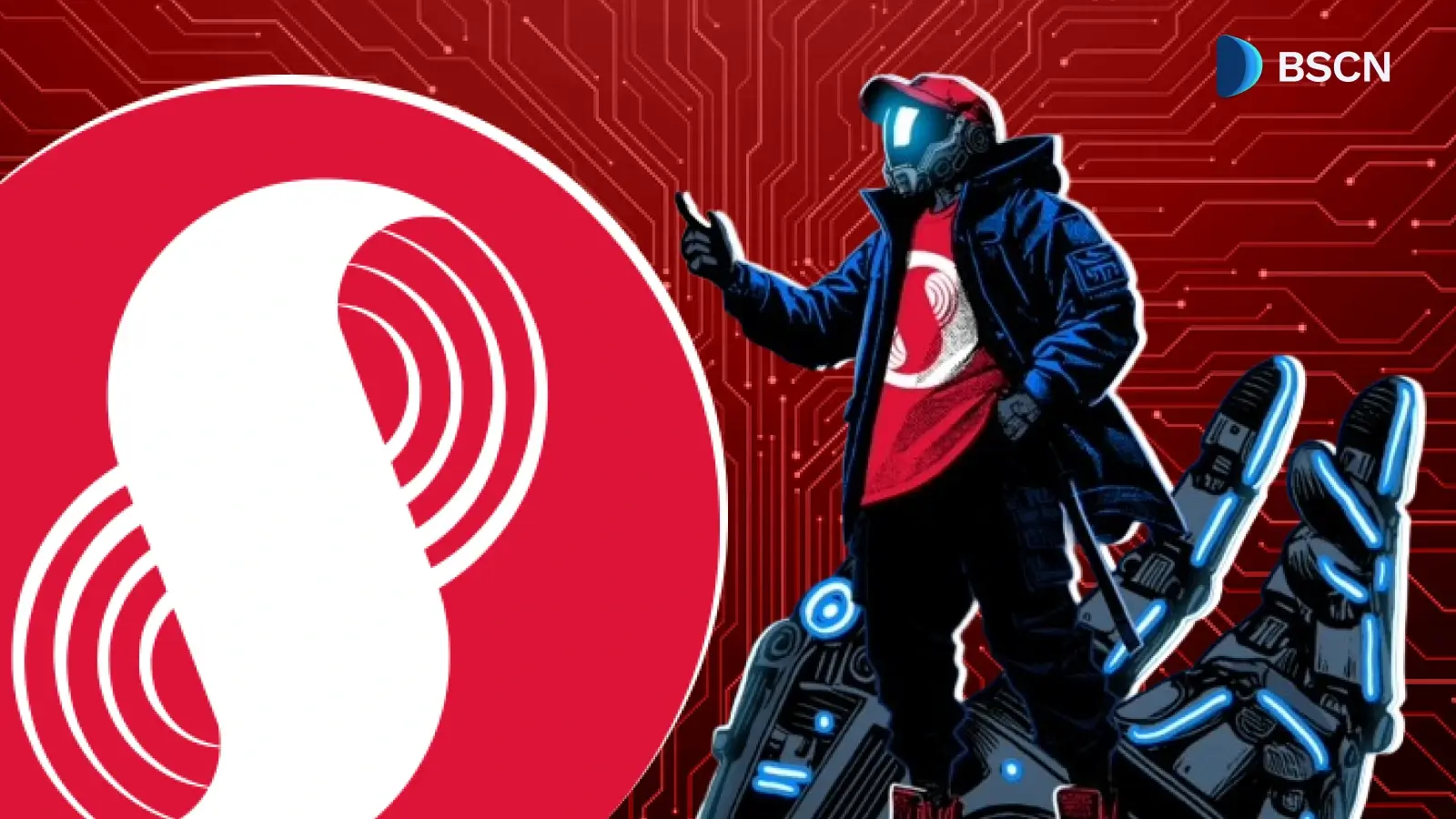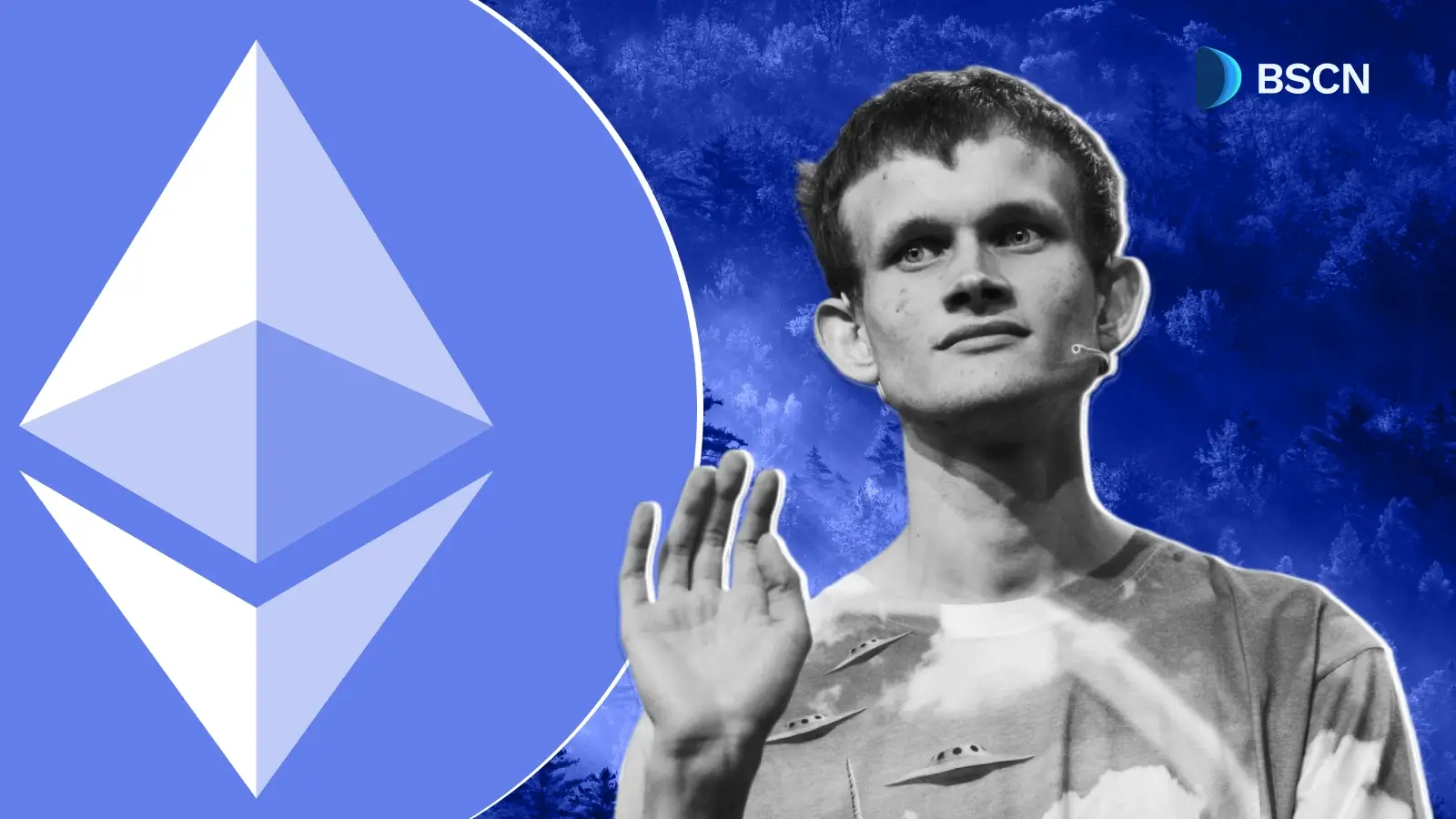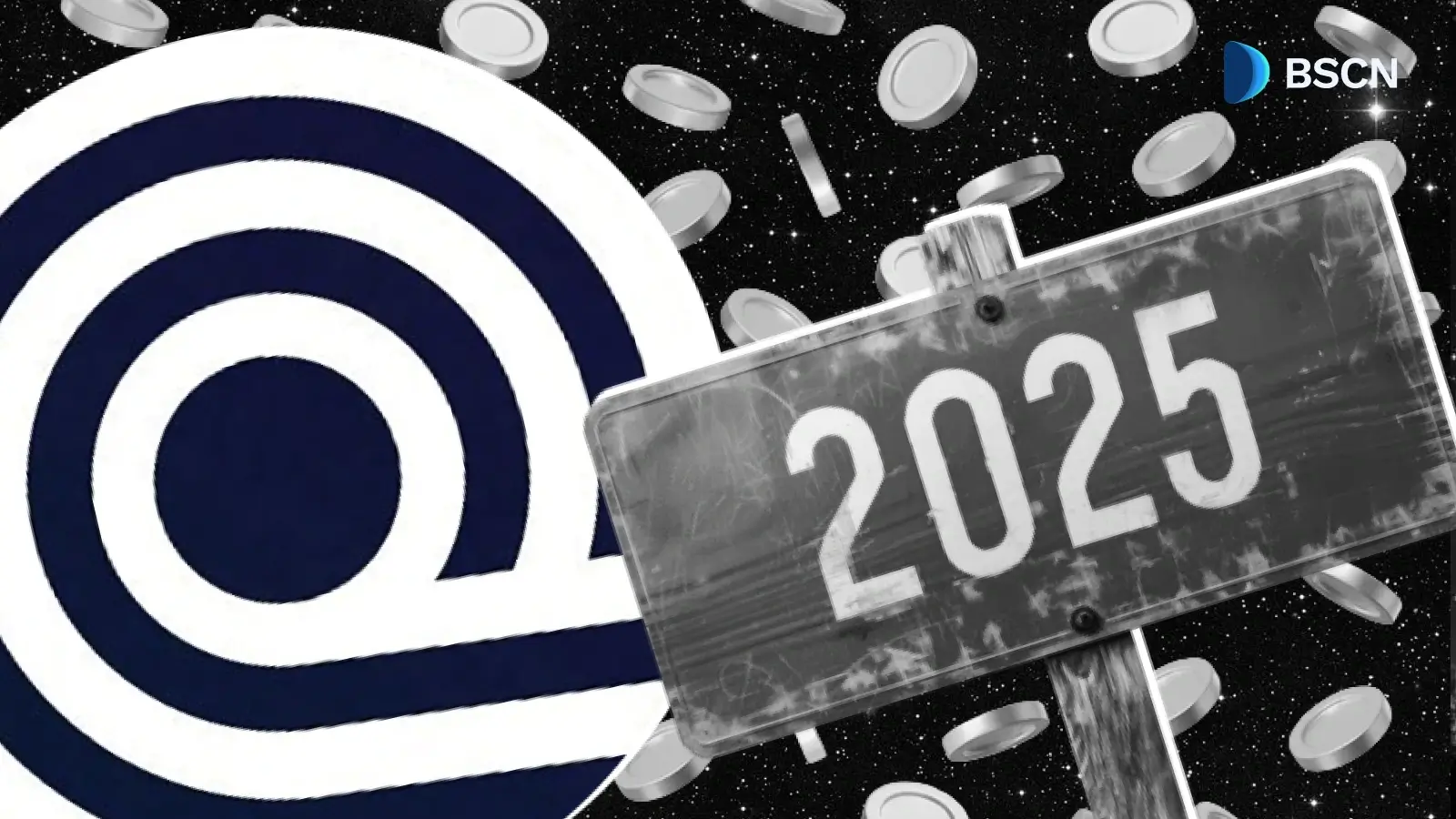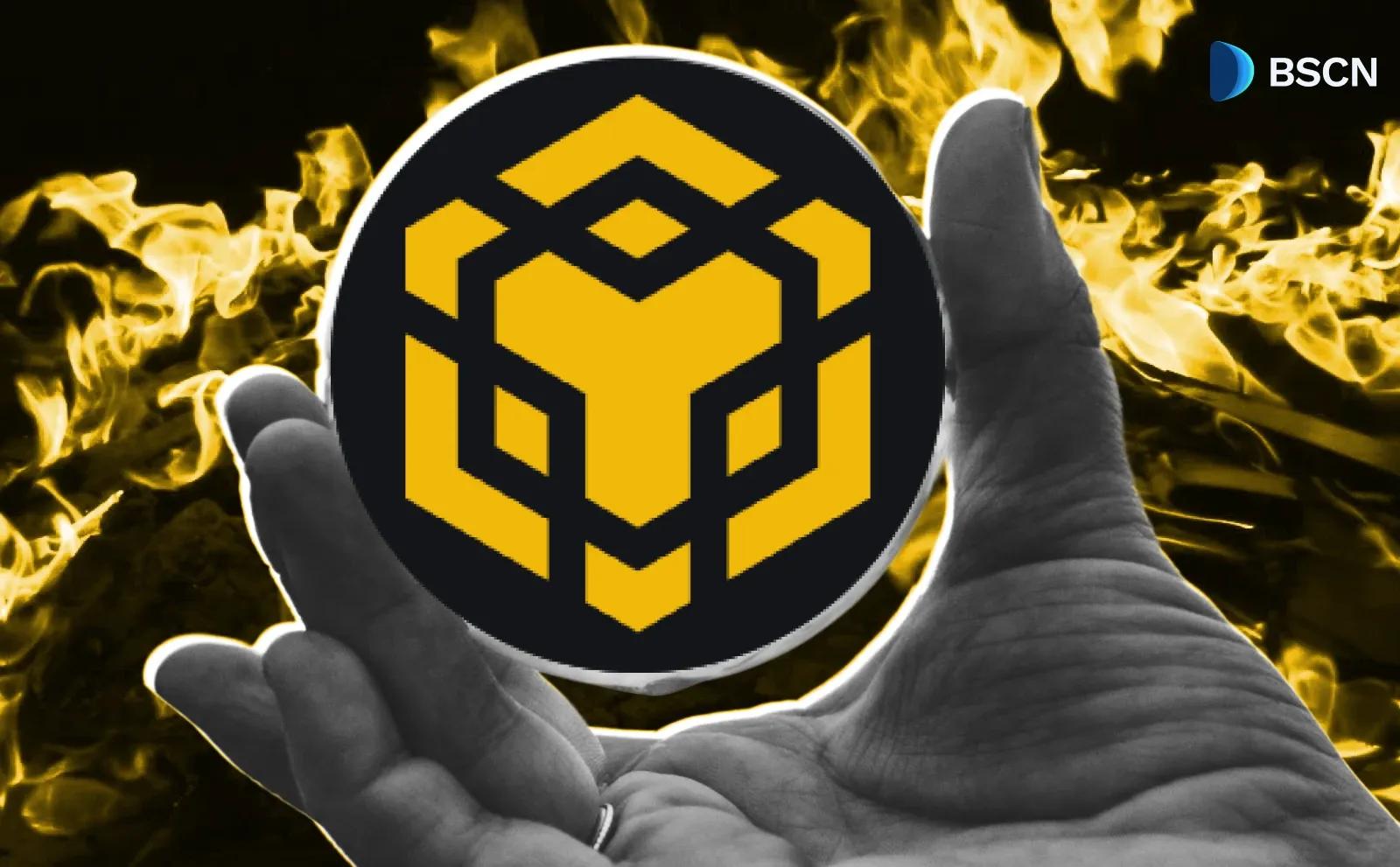Research
(Advertisement)
Bullish or Bearish: What Next for DFINITY's ICP for the Remainder of 2025 and Beyond?

DFINITY's ICP roadmap details 2025 milestones in decentralization and AI, with future plans for scaling, quantum security, and interoperable DeFi through 2026.
UC Hope
August 15, 2025
(Advertisement)
Table of Contents
ICP Stands Out as a Leading Platform in the Blockchain Industry
The Internet Computer Protocol, developed by the DFINITY Foundation, operates as a scalable blockchain network that hosts full-stack applications directly onchain. Unlike Ethereum, which focuses on layer-1 transactions, or Solana, known for high throughput, ICP uses canister smart contracts to process computations across a distributed set of nodes, achieving lower latency and reduced reliance on centralized cloud providers. This design supports applications in DeFi, AI, and privacy-focused services without intermediaries.
ICP's Chain Fusion technology enables direct integration with other blockchains, such as Bitcoin, Ethereum, and Solana, allowing for native asset handling without the need for bridges, which have historically led to security vulnerabilities resulting in over $2 billion in losses. The protocol processes an average of 1.5 million in transaction volume daily, with over 300 projects in its ecosystem as of mid-2025.
Its cycles system provides stable compute fuel, avoiding gas fee fluctuations, while the Network Nervous System (NNS) enables token holders to govern upgrades. These elements make ICP suitable for enterprise use, including real-world asset tokenization and data sovereignty, where users retain control over their information.
Generally, ICP addresses centralization risks in AI and data storage. It supports the deployment of large language models (LLMs) on-chain, ensuring transparency and user ownership, which contrasts with proprietary systems. With daily active users exceeding 100,000, ICP's architecture positions it as a platform for building tamperproof dApps that combine blockchain security with AI capabilities.
Key Milestones in 2025
ICP achieved several technical milestones in the first eight months of 2025, aligning with the roadmap update released in February. These completions enhanced decentralization, developer tools, and cross-chain functionalities.
In January, the Plasma milestone advanced governance features, introducing new mechanisms for community proposals and voting within the NNS. This was followed by the Solenoid milestone, which fully decentralized edge infrastructure, distributing API boundary nodes to eliminate single points of failure and improve network resilience.
March marked the completion of Coulomb, a key part of the developer experience track. This update to ICP Ninja included project sharing, multiple authentication options, and new example projects, simplifying onboarding for builders. Also in March, the Orbit multi-custody asset framework was finalized, providing enhanced security for digital asset management across chains.
By June, Helium integrated Solana via Chain Fusion, allowing canister smart contracts to interact directly with Solana's ecosystem. This enabled bridge-free DeFi applications, such as cross-chain swaps between Solana and ICP assets.
July marked multiple completions. Niobium milestone launched vetKeys, a decentralized key management service that enables the on-demand derivation of cryptographic keys, supporting privacy-preserving dApps such as encrypted messaging. The Levitron milestone made aggregated API boundary node access logs publicly available, aiding traffic analysis while maintaining anonymity. On July 15, the Vertex milestone released the alpha version of Caffeine, a platform for creating full-stack applications through natural language prompts, integrating AI for code generation in Motoko.
These milestones reflect ICP's progress in 2025, with over 20 features deployed across various themes, including the compute platform, decentralized AI, and privacy.
Future Plans for the Remainder of 2025 and Beyond
For the remainder of 2025, ICP's roadmap targets completions in September and beyond, with a focus on efficiency and user tools. The Flux milestone, scheduled for September, will optimize canister scheduling and memory usage, enabling cross-subnet migrations and supporting higher computational loads. Ignition will advance AI agents by providing access to foundational LLMs and deployment tools, including AI worker nodes with canister-level security for sovereign, tokenizable agents. Pulse, also slated for September, will upgrade Internet Identity by removing anchors, adopting OpenID standards, and improving wallet integrations for seamless Web3 access.
Ongoing Efforts in 2025
Other ongoing efforts include Meridian for Dogecoin integration via Chain Fusion, which will expand DeFi to include native transfers on that network. Containment will leverage trusted execution environments for confidential canister states, while Knot will define Generation 3 node hardware to boost performance and decentralization.
Shift to Long-Term Scaling in 2026
Into 2026, the roadmap shifts toward long-term scaling. Fission will implement subnet splitting for load balancing, minimizing downtime. Plexus will overhaul credentials for interoperability, and Nexus will extend ledger standards to facilitate the enterprise tokenization of stablecoins and real-world assets.
Broader Goals Beyond 2025
Broader goals include a self-writing internet, where AI generates and deploys apps trustlessly, and sovereign clouds for LLM deployments with user-controlled data. Chain Fusion will incorporate more networks, thereby enhancing the efficiency of native assets in lending and borrowing. Preparations for quantum-resistant security, which are expected to address threats by 2028, involve audits and the integration of hybrid technologies. Ecosystem growth will feature decentralized marketplaces and AI tools for automating developer tasks, aiming to create a composable internet that transcends Web2 limitations.
Why ICP Is One to Watch in the Blockchain Industry?
ICP merits attention due to its technical differentiators and ecosystem momentum. Chain Fusion's bridge-free interoperability unlocks $1 trillion in Bitcoin capital for DeFi, as demonstrated by projects such as Liquidium for peer-to-peer lending and Omnity for Bitcoin NFTs. The protocol's focus on onchain privacy through vetKeys addresses data breaches common in centralized systems, enabling confidential applications without compromising blockchain transparency.
Moreover, developer adoption is rising, with tools like ICP Ninja and Caffeine reducing barriers, allowing them to now bootstrap projects via AI prompts. Events such as the World Computer Hacker League, running through October 2025 with $300,000 in prizes, foster innovation in AI-blockchain stacks. Community initiatives, including the Caffeine Meetup in Bali on August 23, 2025, feature live demos and hackathons.
In a sector where centralization persists, ICP's sovereign AI and data control align with regulatory trends toward compliance and user rights. With partnerships like the ICP Alliance for enterprise bridging and numerous projects, ICP shows sustained growth, processing millions of transactions while maintaining low costs.
Conclusion
ICP's advancements in 2025 demonstrate its capacity for decentralized compute, AI integration, and cross-chain operations. Completed milestones, such as Helium and Vertex, have delivered Solana compatibility and prompt-based app creation.
Upcoming efforts in Flux and Ignition will further enhance computational power and agent deployment. These features support secure dApps, efficient DeFi, and privacy tools, making ICP a functional blockchain platform.
Resources:
- ICP Website: https://internetcomputer.org/ecosystem
- ICP Price Update: https://www.coindesk.com/markets/2025/08/12/icp-price-bounces-back-after-testing-usd5-29-support-amid-heavy-volatility
- Internet Computer Roadmap: https://internetcomputer.org/roadmap
- Internet Computer Dashbord: https://dashboard.internetcomputer.org/
- ICP Price Prediction 2025-2030: https://coincodex.com/crypto/internet-computer/price-prediction/
Read Next...
Frequently Asked Questions
What milestones has ICP completed in 2025 so far?
ICP completed milestones including Plasma for governance in January, Coulomb for developer tools in March, Helium for Solana integration in June, and Vertex for Caffeine alpha in July.
What are ICP's plans for the end of 2025?
Plans for late 2025 include Flux for computational optimizations, Ignition for AI agents, and Pulse for improved Internet Identity user experience.
Why is ICP considered a key blockchain platform?
ICP stands out for its Chain Fusion technology enabling bridge-free interoperability, onchain AI deployment, and privacy features like vetKeys, supporting over 300 projects.
Disclaimer
Disclaimer: The views expressed in this article do not necessarily represent the views of BSCN. The information provided in this article is for educational and entertainment purposes only and should not be construed as investment advice, or advice of any kind. BSCN assumes no responsibility for any investment decisions made based on the information provided in this article. If you believe that the article should be amended, please reach out to the BSCN team by emailing [email protected].
Author
 UC Hope
UC HopeUC holds a bachelor’s degree in Physics and has been a crypto researcher since 2020. UC was a professional writer before entering the cryptocurrency industry, but was drawn to blockchain technology by its high potential. UC has written for the likes of Cryptopolitan, as well as BSCN. He has a wide area of expertise, covering centralized and decentralized finance, as well as altcoins.
(Advertisement)
Latest News
(Advertisement)
Crypto Project & Token Reviews
Project & Token Reviews
Comprehensive reviews of crypto's most interesting projects and assets
Learn about the hottest projects & tokens
Latest Crypto News
Get up to date with the latest crypto news stories and events

















